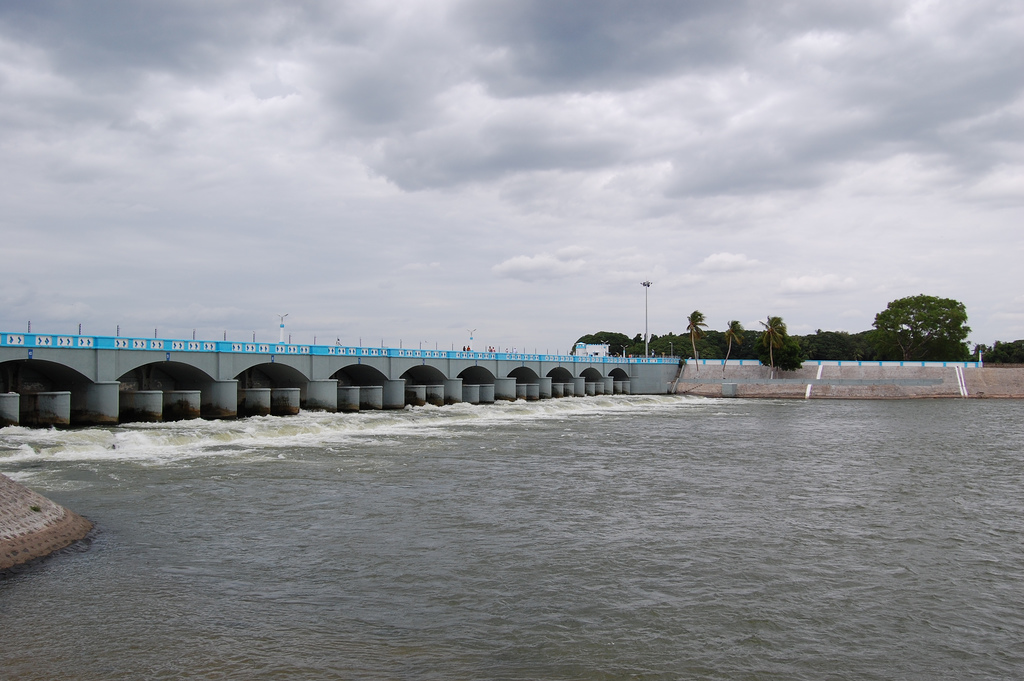Cauvery River Water Dispute Leads to Protests
 The Supreme Court of India ordered on September 27 that Karnataka release 15,000 cusecs of water from the Cauvery River to Tamil Nadu for the following ten days. Karnataka decided to defy the Supreme Court’s mandate and turned to the national government for support.
The Supreme Court of India ordered on September 27 that Karnataka release 15,000 cusecs of water from the Cauvery River to Tamil Nadu for the following ten days. Karnataka decided to defy the Supreme Court’s mandate and turned to the national government for support.
The order resulted from claims that Karnataka has not released the amount of water required under the 2007 Cauvery Water Disputes Tribunal. Farmers in Karnataka led violent, statewide protests following the Supreme Court’s decision. Chief Minister Siddaramaiah, the head of the state of Karnataka, appealed to the national government and proposed that an expert committee be sent to the basin to assess water availability. Prime Minister Modi held a meeting on September 30, and Tamil Nadu refused to accept Karnataka’s request.
The inability to settle on a conclusion is not a new issue for this region. The sharing of water between Karnataka and Tamil Nadu has been a source of conflict for years. The Cauvery basin borders both states, creating the issue of how to divide the water fairly. Because Tamil Nadu is a larger agricultural state than Karnataka, it claims that it requires more water. In 2012, the chairman of the Cauvery River Authority demanded that Karnataka release 9,000 cusecs of water daily. Karnataka did not fully comply with this order, which led the Tamil Chief Minister Jayaraman Jayalalithaa to file a petition with the Supreme Court in August 2016.
Access to the Cauvery basin holds such importance because both states require the water for survival. Karnataka needs drinking water to support its population, and Tamil Nadu requires the water source for farming. Some agricultural experts have advised farmers to change from the cultivation of rice paddies to that of less water-intensive crops; however, this has proven somewhat unsuccessful. No matter how the conflict is settled in the short term, it reflects a larger, national issue of water scarcity and politics.
